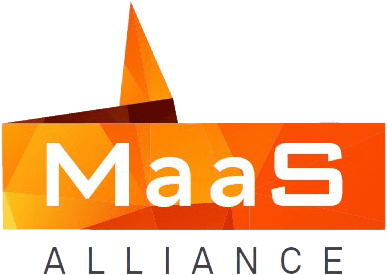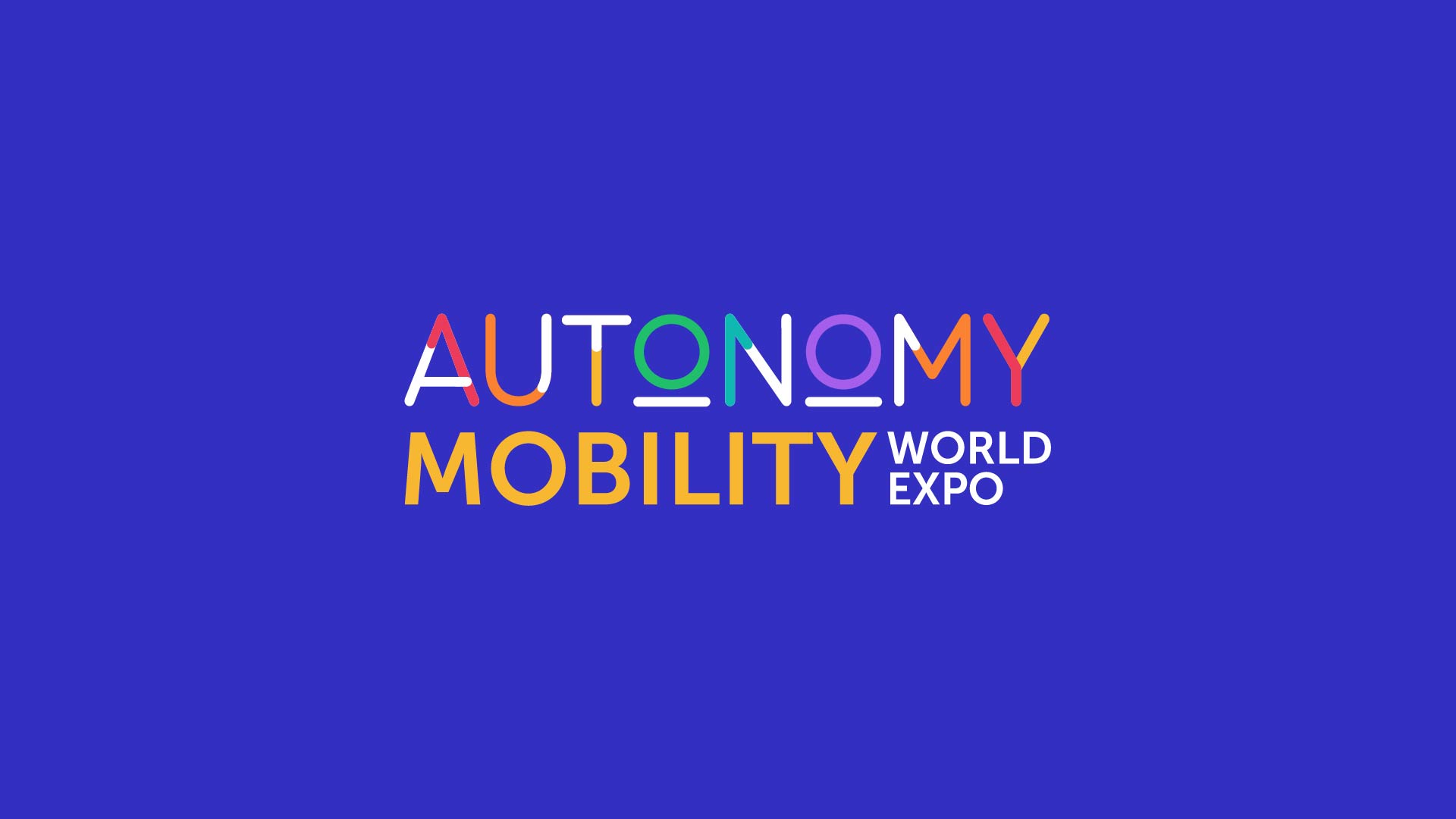
The vision for Mobility as a Service (MaaS) is to offer a seamless and integrated user experience that combines all transport services and providers under a single transport platform. The most recent evolution in MaaS is a new approach known as Mobility as a Feature (MaaF).
MaaF refers to the integration of transportation services into applications or commerce sites, as a value-added feature. This concept was introduced by David Hensher – Professor and Founding Director, Institute of Transport and Logistics Studies at the University of Sydney.
As Australia’s mobility journey evolves, governments and business need to consider whether MaaF, when compared to single platform MaaS solutions, can provide a more efficient route to achieving Sustainable Development Goals, including emission reduction.
Moving towards Mobility as a Feature (MaaF)
The move towards MaaF is gaining traction in Australia. Companies such as Uber Eats have integrated ride-hailing to provide customers with an easy way to order food and arrange transportation at the same time. This allows customers to order a ride home after their meal without needing to switch applications.
Another example is the integration of micromobility services in journey apps. Companies such as Lime have partnered with Google Maps to provide real-time information about eScooter availability and locations.
Taking a modular approach
The successful deployment of MaaF requires a modular approach – meaning new features need to be designed to meet a specific need and in a manner that allows them to be seamlessly integrated into other applications.
This is the approach we have taken at Intelematics from day one. Our Omniway platform is a modularised MaaS solution that is built as a series of modules (or micro-services) with each module serving a specific purpose or function.
RACV’s recent launch of an integrated fuel finder feature within the AREVO application is a good example. This feature was designed by Intelematics to help users save money by providing regularly updated, specific fuel pricing from retailers across Victoria. More details on the feature can be found here.
A modular approach also allows for greater flexibility and scalability in both design and deployment.
Partnering for success
A key advantage of MaaF is that it enables the faster development, deployment and integration of new services and features. But key considerations, such as how to seamlessly integrate these features, need to be accounted for in planning, design and development. This includes the use of deep linking, data layering and developing strategic partnerships with the companies that stand to benefit most from these features.
When integrating MaaF into non-mobility solutions, the end user needs to be well understood to ensure the mobility features are incorporated in a way to enhance the user experience. This makes finding the right partner in mobility crucial.
Intelematics is well positioned to do this given its 20+ years’ experience delivering mobility solutions to meet the differing needs of governments, vehicle manufacturers, transport service providers and auto clubs.
To find out more about MaaF, click here.



